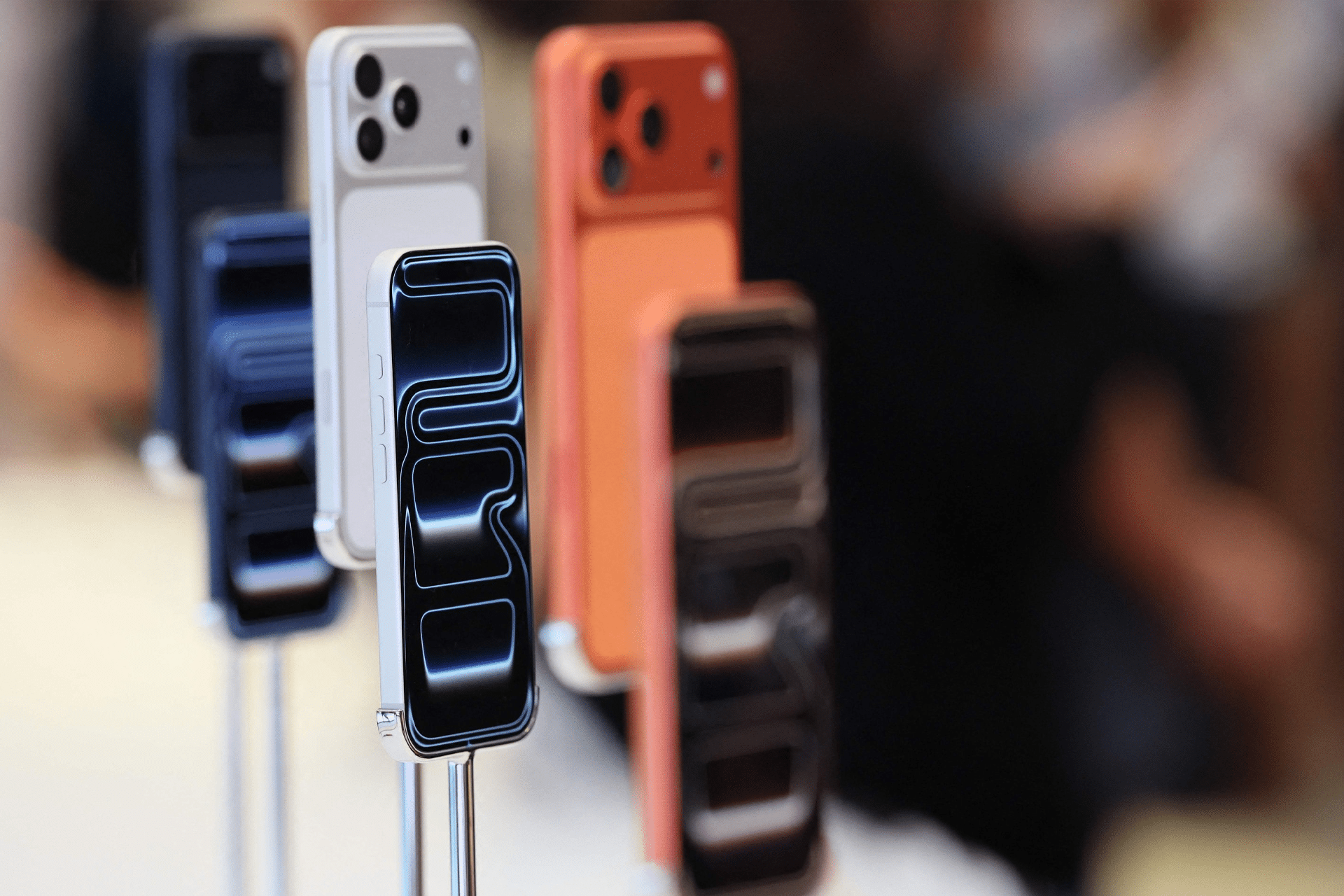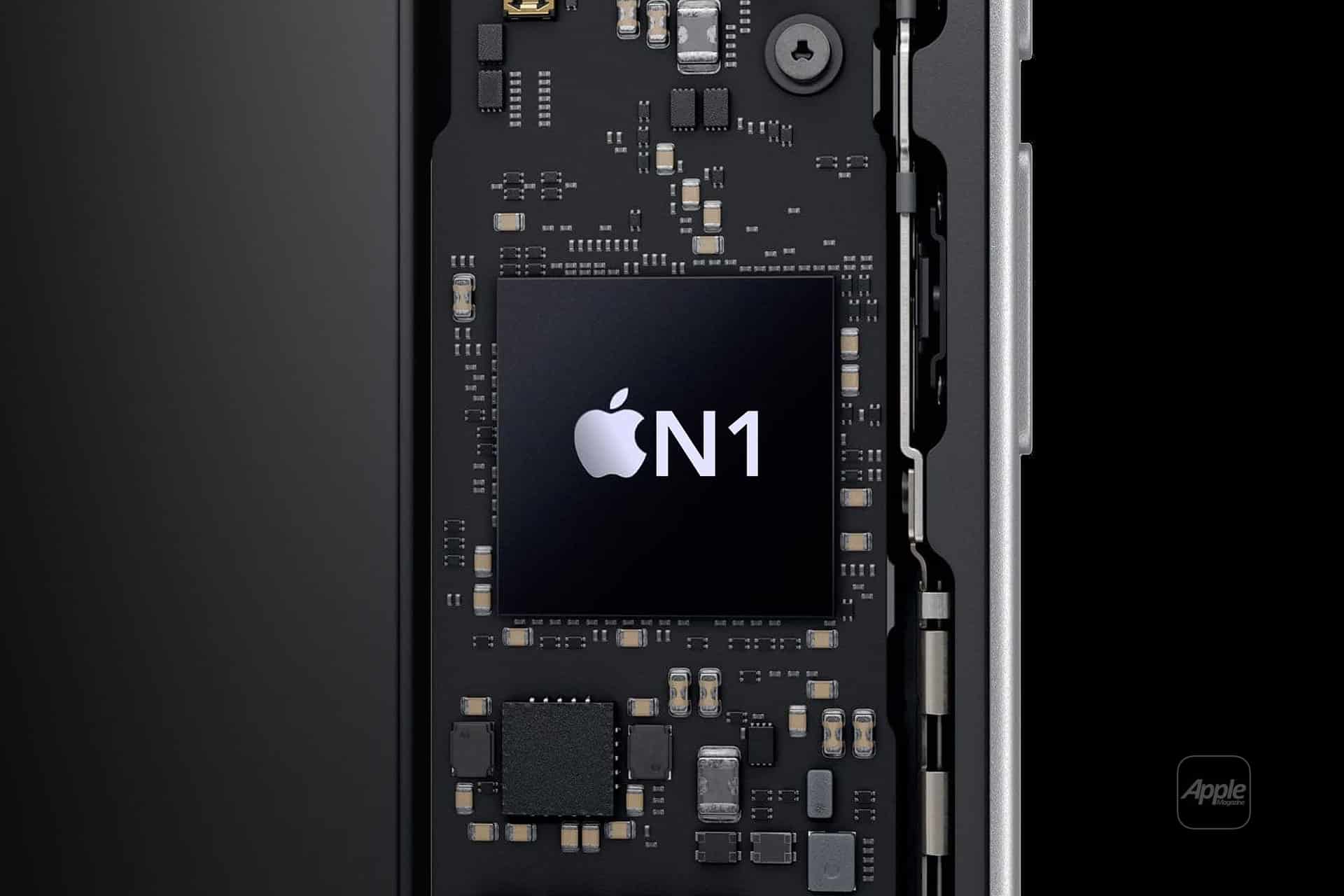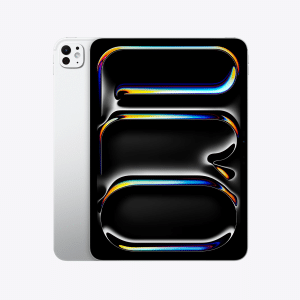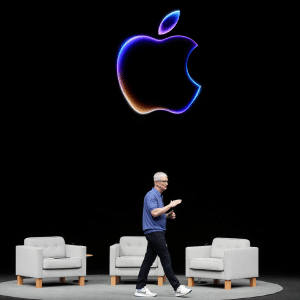Apple has begun transitioning away from Broadcom’s wireless components by introducing its own in-house Wi-Fi chip, known as the N1. The shift marks a significant step in the company’s long-term strategy to internalize major connectivity technologies and reduce reliance on external suppliers. The new N1 chip is positioned to handle Wi-Fi and related wireless functions across upcoming product cycles, aligning with Apple’s trend of consolidating performance, power management and efficiency under its custom silicon roadmap.
The move follows earlier efforts by Apple to reduce external chip dependencies, including its multi-year shift from Intel processors toward the M-series hardware platform. The N1 extends that approach to connectivity and arrives as Apple continues development efforts in cellular modem technology. Although the modem project has encountered delays, the debut of the N1 shows Apple progressing on another portion of its broader wireless integration plan.
While Apple has not detailed the specifications publicly, industry sources describe the N1 as a power-efficient solution designed to optimize performance across iPhone, iPad and potentially Mac systems. The design is expected to improve coordination between wireless functions and system-on-chip components, reducing overhead and improving energy use during high-bandwidth activities such as media streaming or large downloads.

The introduction of the N1 comes as Apple continues to streamline its hardware supply chain. By owning the design and development of its Wi-Fi components, Apple gains more control over update cycles and feature development. This independence allows the company to align wireless improvements with annual device refresh timelines rather than relying on supplier roadmaps. For users, this can translate into more predictable advancements and tighter integration between hardware and software features.
Apple’s transition away from Broadcom components is meaningful because the wireless stack plays a central role in device performance. Wi-Fi reliability affects everything from app syncing to iCloud operations and media usage. Having tighter control over these systems could allow Apple to pursue features that require precise hardware-software coordination. Although Apple has not yet revealed new wireless functions tied specifically to the N1, analysts expect future software releases to take advantage of the optimized architecture.
Apple’s design teams have spent years refining custom silicon across multiple product categories, and the shift to an in-house Wi-Fi chip aligns logically with this trajectory. It also gives Apple more flexibility in managing long-term manufacturing partnerships and adapting to potential supply chain disruptions.

The supplier has historically maintained strong revenue ties to Apple’s wireless orders, and analysts have long speculated that Apple’s desire for internal wireless components could alter this relationship. Even so, Broadcom remains a supplier for other functions, and industry expectations suggest the shift to in-house Wi-Fi will roll out over several product generations rather than as an immediate full replacement.
As new devices adopt the N1 chip, questions remain about how Apple will expand its wireless hardware roadmap. The company has invested years into modem development, although results have been slower than anticipated. The debut of the N1 suggests that despite challenges in cellular modem engineering, Apple continues advancing other pieces of its wireless portfolio. Some analysts anticipate future versions of Apple’s Wi-Fi hardware may eventually support more advanced connectivity layers, folding additional radios into a unified architecture.
The path Apple is taking mirrors broader trends in the technology sector, where major device manufacturers seek greater internal oversight of both performance-critical and cost-sensitive components. Wireless chips are central to daily device behavior, and Apple’s transition toward owning that hardware indicates long-term plans to tighten performance control and deepen integration across the platform.









